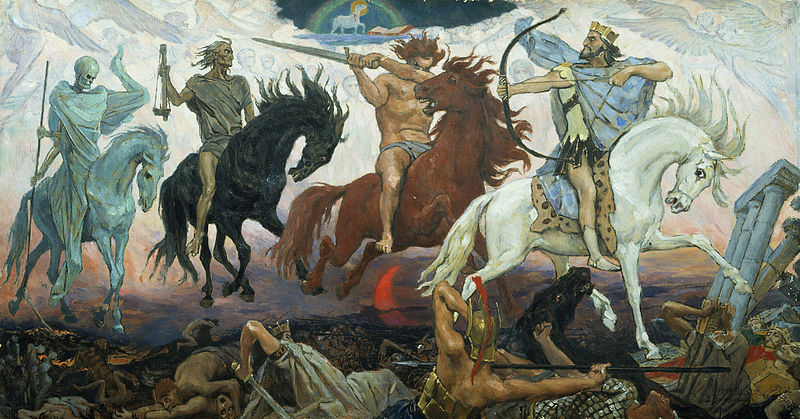
The only thing I love more than Japanese food and standup comedy is a good presentation, so you can imagine my delight at Course 3’s videos on Presentation Zen and Death by Powerpoint. Actually, I may have just now overstated my preference for the aforementioned foods and performances. Nonetheless, I’ve always been a Harvard Outline Notes kind of guy. They’re neat, sequential, and got me through six years of undergrad and graduate school at Northwestern. As a teacher, I constructed my Powerpoints from Harvard Outline Notes, pasting a few bullets (only two or three, honest!) onto a slide. My only homage to design was a plain black background and single image per slide, both inspired by Steve Jobs’ product announcement Keynotes. Thanks to Matt Helmke and Garr Reynolds, though, I’m now a Powerpoint ex-con – someone no longer dealing death by Powerpoint.
I took several of Reynold’s Presentation Zen principles to make a Prezi for last week’s Open House, in an effort that has set the tone for all of my future lectures and workshops.
- Planning unplugged: I work out a lot – powerlifting, swimming, and rowing – and I used that time to organize my thoughts and come up with a layout.
- Focusing on relevance: I came up with topics that I felt were important to teachers, like the behaviors and skills that students need to succeed in my class and the specific, everyday indicators that would demonstrate that success.
- Sticky ideas: my ideas were very concrete, especially my examples of how we would know that students were being successful in history class.
- Noise reduction: I didn’t include number, figures, or specific evidence that parents could find in the syllabus. Instead, I expanded on those cold prescriptions and made a relatable document.
- Simplification: I’m a kludgy, inelegant writer, so it’s a minor miracle my ratio of images to text
Take a look at the Prezis – embedded after the break.
Continue reading Prezi Zen for Open House Harmony



